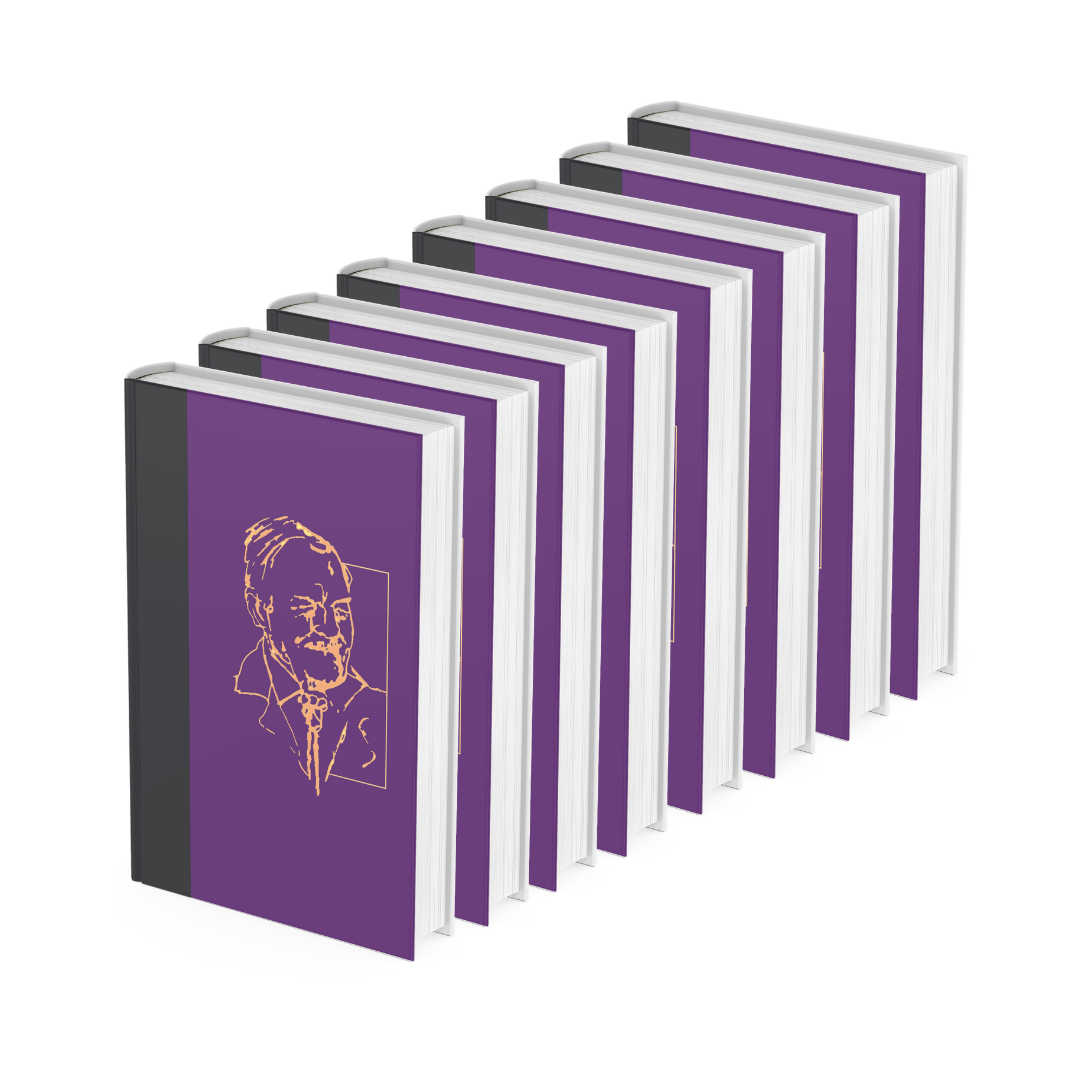 Image 1 of 1
Image 1 of 1


Volume 5: Classical Hypnotic Phenomena, Part 1: Psychodynamics
by Roxanna Erickson Klein, RN, PhD, Ernest Rossi, PhD and Kathryn Rossi, PhD
The papers of this volume are illustrations of Erickson's early work on classical hypnotic phenomena such as amnesia, age regression, automatic writing, and literalness as well as the mental mechanisms involved in Freudian “psychopathology and dual personality.” In this clinical research Erickson frequently was responding to the Zeitgeist that surrounded him in his professional appointments in the 1930s and 1940s. While Erickson was able to use hypnosis to validate certain psychoanalytic conceptions of psychodynamics, he never identified himself as a partisan of any psychoanalytic school. Indeed, he often decried what he felt was a premature limitation and rigidification of our understanding of human nature in the belief system of most “true believers” of any “school.”
by Roxanna Erickson Klein, RN, PhD, Ernest Rossi, PhD and Kathryn Rossi, PhD
The papers of this volume are illustrations of Erickson's early work on classical hypnotic phenomena such as amnesia, age regression, automatic writing, and literalness as well as the mental mechanisms involved in Freudian “psychopathology and dual personality.” In this clinical research Erickson frequently was responding to the Zeitgeist that surrounded him in his professional appointments in the 1930s and 1940s. While Erickson was able to use hypnosis to validate certain psychoanalytic conceptions of psychodynamics, he never identified himself as a partisan of any psychoanalytic school. Indeed, he often decried what he felt was a premature limitation and rigidification of our understanding of human nature in the belief system of most “true believers” of any “school.”






